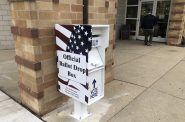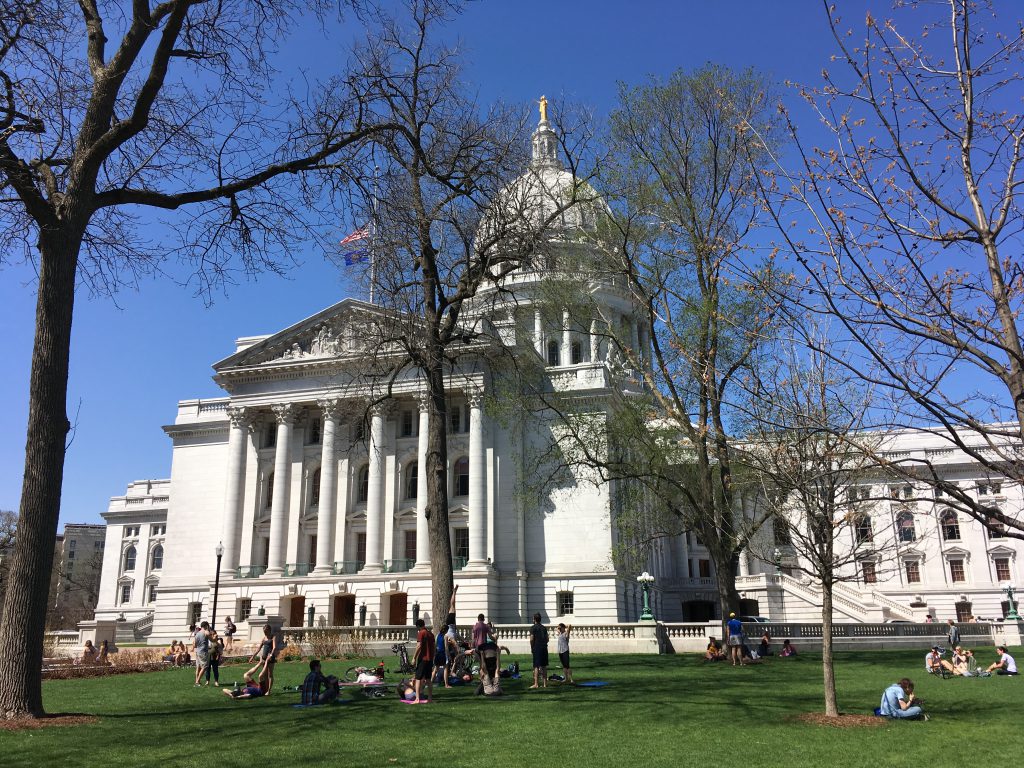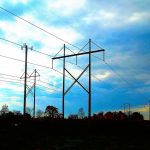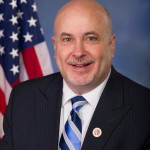What Tuesday’s Election Tells Us
Two cynical structured and timed amendments and one race for Waukesha County DA that ignores actual data.
Wisconsin’s primary election next Tuesday is likely to be a low-turnout, sleepy affair. In the partisan part of the ballot, many of the lines will be blank except for an opportunity to write in a name.
Candidates’ names will appear only if two or more Democrats or two or more Republicans are running for the same office.
The exception is the Republican primary for U.S. Senator in which three candidates are running to challenge Tammy Baldwin in November. However, of the three, only Eric Hovde has gained much attention from the press or other places.
Despite this, the run-up to this election raises several ongoing issues for Milwaukee and Wisconsin. In this column, I look at two.
The first is the tendency of some suburban politicians to blame Milwaukee for their problems. The second is the illustration of the tendency of the Republican leaders in the state legislature to try to expand their powers over the other branches of government.
Two recent Milwaukee Journal Sentinel articles illustrate the tendency to blame Milwaukee. Claudia Levens and Eva Wen, the reporters covering the two candidates running for Waukesha County District Attorney, note that both candidates have been blaming residents of Milwaukee County for most of the county’s problems.
These articles examine the two candidates – both Republican – running for Waukesha County district attorney. Since no Democrat is running for the position, the winner of the primary is the effective winner.
They quote Brown University sociology professor John Eason as noting that “violent crime in particular doesn’t spill over from neighborhood to neighborhood across racial lines.” Data from the Milwaukee Homicide Review Commission’s dashboard are consistent with Eason’s comment.
The next graph compares the number of homicides in each of Milwaukee’s 15 Common Council districts in 2022 and 2023. The best predictor of homicides in a district is the number the previous year. Adjacent districts can have very different homicide rates.
The same is true of nonfatal shootings.
The next graph compares the number of non-fatal shooting by aldermanic district between 2022 and the first part of 2024.
If I were voting in Waukesha, I would look for the candidate who was most willing to analyze the data as the basis for decision making. So far, it appears that neither candidate fits the bill.
Constitutional Amendments
The second interesting aspect of the upcoming primary election is the Wisconsin gerrymandered legislature’s attempt to use the constitutional amendment process to shift power to itself from the governor.
Second, when it turned out that last year’s spring election was likely to have high turnout, the legislature delayed action on the amendments so they would be considered at this month’s election whose turnout was likely to be very low. The assumption here is that low-turnout elections favor Republicans.
Two constitutional amendments are on Tuesday’s ballot. The second would end the governor’s ability to spend federal funds without the legislature’s approval, thus ending the governor’s ability to react quickly to crises.
Nobody seems to know what the effect of the first would be. It would “provide that the Legislature may not delegate its sole power to determine how moneys shall be appropriated?” One possibility is that it aims to inject the legislature into the execution of Wisconsin law. If so, it would seem to violate the principle of the separation of powers.
If you think stories like this are important, become a member of Urban Milwaukee and help support real, independent journalism. Plus you get some cool added benefits.
Data Wonk
-
Did Trump Oversee The Best Economy in History?
 Jul 31st, 2024 by Bruce Thompson
Jul 31st, 2024 by Bruce Thompson
-
Why Those Proposed Amendments to State Constitution?
 Jul 24th, 2024 by Bruce Thompson
Jul 24th, 2024 by Bruce Thompson
-
Why Absentee Ballot Drop Boxes Are Now Legal
 Jul 17th, 2024 by Bruce Thompson
Jul 17th, 2024 by Bruce Thompson






















